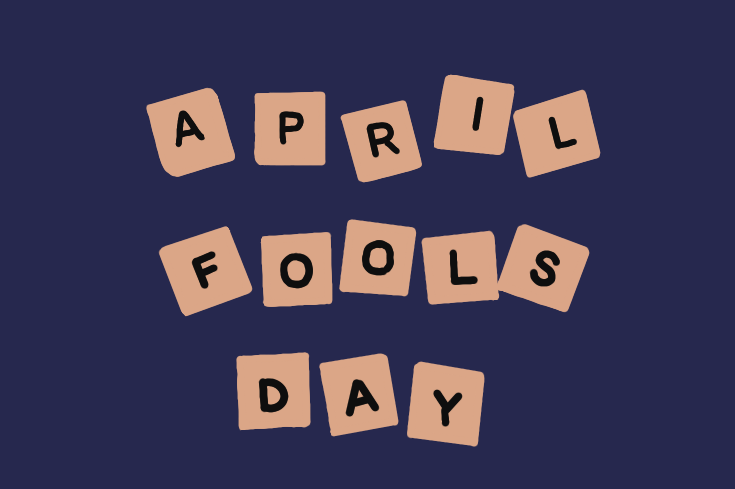Various historians debate on when and where April Fool’s Day originated and who invented it. Throughout history, many countries have had their own unique holidays and traditions with the emphasis of playing pranks and tricking friends and family members. Some of the first celebrations of April Fool’s day that took place in France and other parts of Europe were seen as a New Year’s celebration. Originally, New Year’s Day was celebrated in most towns on March 25. Those who celebrated on April 1 would make fun of those who did not, thus creating April Fool’s Day. In honor of this holiday we will revisit five of the best April Fool’s pranks throughout history.
The Great Spaghetti Harvest: In 1957 the BBC aired a segment now known as The Great Spaghetti Harvest. The premise of the segment was to trick people into thinking that families in other European countries were growing their own spaghetti trees. It sounds silly now but eight million people were watching, and during the time period, many people would have believed this prank. This prank is regarded as one of the biggest April Fool’s Day pranks of all time and thought to be the first hoax presented on television.
Digital Dave: Big Ben is one of the most famous buildings in the world, but in 1980 BBC news announced that Big Ben would be getting a makeover. The clock would be changed to a digital clock and the tower would be renamed Digital Dave. Along with the change to the clock, the famous bell sounds would be changed to a more robotic beep. Most people caught on to the joke immediately, but there was a small percentage of people who took it seriously and protested. BBC had to come out and apologize for the misunderstanding and realized that nobody found their joke as funny as they did.
Edison’s Immaculate Machine: In 1877, The New York Graphic claimed that Thomas Edison had invented a machine that could apparently turn dirt into meat and water into wine. This story was published on April 1 and had many readers convinced. The article was all about how Edison would change the world and nobody would go hungry ever again. However, at the end of the article the author warns that readers should not be too quick to jump on headlines.
The Fake Eruption of Mount Edgecumbe: A lumberjack named Oliver Bickar in Alaska formulated a multi-year plan to trick the local townspeople who lived close to the dormant volcano of Mount Edgecumbe. He collected over 70 tires and stored them away for years until he could get good weather on April Fool’s Day. When the perfect day came in 1974, Bickar used a helicopter to position the tires in the crater of the volcano. He then doused them in gasoline and set them ablaze. The thick smoke caused panic to spread through the small towns that surrounded the previously dormant volcano. Bickar made sure the police and firefighters were in on the joke but he forgot to consider the coast guard. When they flew over the volcano their fears were quickly quelled. They saw the flaming tires and the words “April Fool” spray painted next to the tires.
Space Needle Falling Down: On April 1 1989, a comedy show in Seattle aired their own fake news segment about how the Space Needle had fallen down; they hired an actor that appeared to be a news anchor and even included pictures of the space needle on the ground. Apparently, there were over 700 emergency calls regarding what had happened and the authorities had to shut down the 911 phone lines. The show was later forced to apologize for the panic they had caused.
All of these pranks have been regarded as some of the best of all time; however, it is almost certain that the best pranks are yet to come in the near future.












